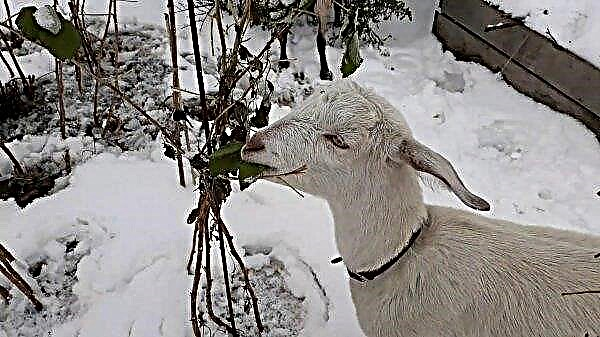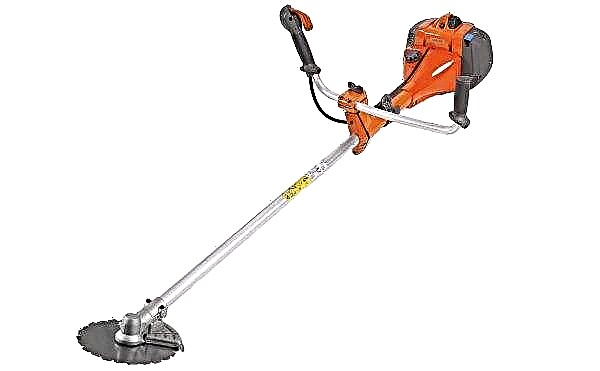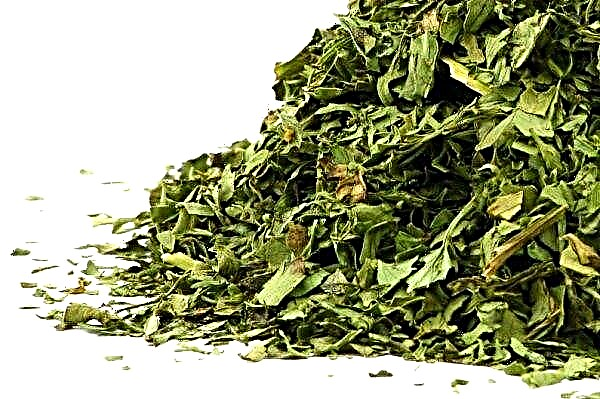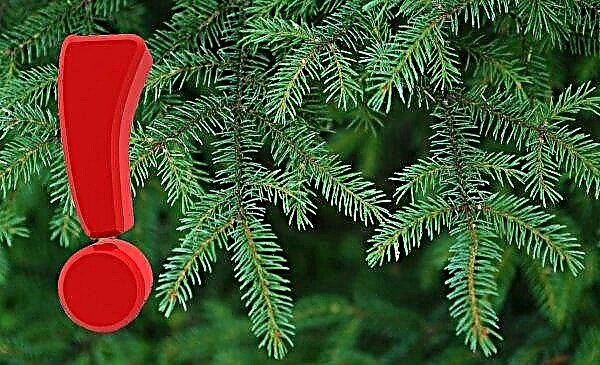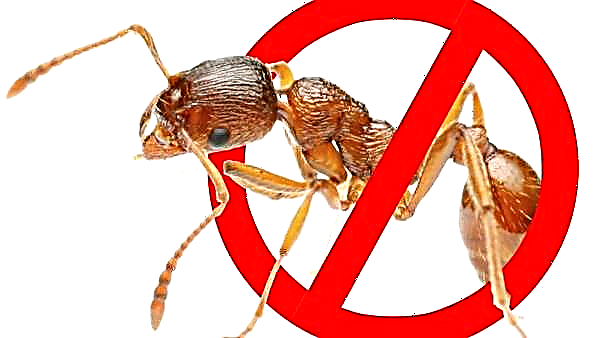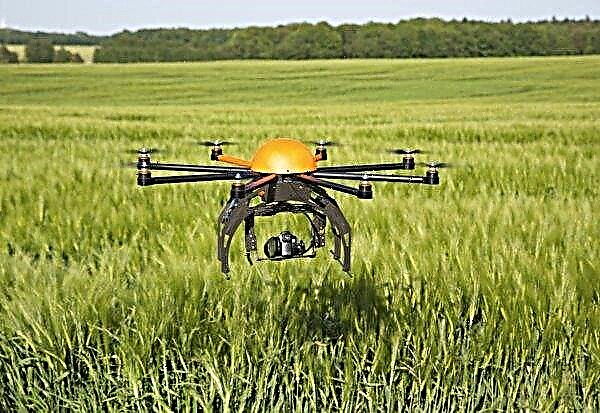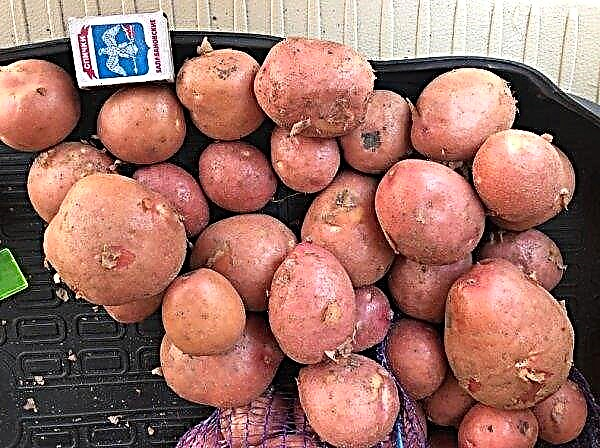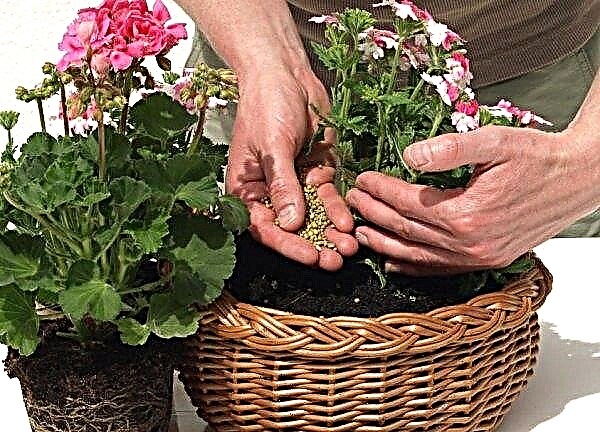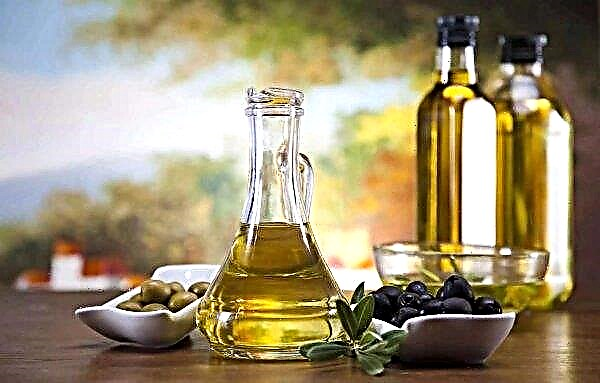A brightly blooming column is able to decorate the home and give the interior revitalization. This plant is distinguished by some needs, which should not be forgotten when its content. With all the rules, in particular, this is the appropriate watering, replanting and establishing the temperature regime, etc., we suggest that you familiarize yourself with this article.
Botanical description of the plant
Kolumney belongs to the genus of perennial flowering plants. In the natural environment, it can be found in South and Central America in the form of epiphytes and semi-epiphytes. Bushes with abundant flowering grow from trees, located in the folds of the root layer.
The stems of young plants are directed upwards. The height of the bush can reach 1 m. A fluff forms on the shoots and leaves grow, the length of which varies from 2 to 10 cm. The foliage is mostly dark and has a glossy tint. The flowers are tubular, about 5 cm long, are in the sinuses, the color depends on the variety: the buds are yellow, pink, terracotta or orange.Did you know? Columnia has such a name in honor of the scientist-botanist from Italy Fabio Colonna.
Column blooms in the winter and in March, as well as in the summer with proper care.
| Root system | Fibrous |
| Stem | Vine-like |
| Leaf shape | Heart-shaped, ovoid |
| Leaf color | Green |
| Flower shape | Tubular |
| Flower color | Yellow, Orange, Pink, Terracotta |
Main types
From a botanical point of view, columna is not a separate plant, but a genus. The name is common to many types of flowers.
All varieties have their own distinctive characteristics, having studied which the grower can choose for himself the most attractive. Below is a list of the most common in our area:Did you know? About 200 species are reckoned among the kolumna.
- Allen. The variety is distinguished by the large size of the stems and bright red buds. The foliage has a dark green color.

- Banks. The leaves of the plant are light, the petals of the flowers are yellow-orange. The stems grow to 1 m.

- Carnival. The view has a distinctive feature in the form of small dark leaves with a glossy tint. The flowers are yellow with red edges.

- Consanguine. On the leaves of representatives of this variety are large blotches of red. Flowering light yellow.

- Krakatau. Shoots are dotted with dark spots and grow up. Buds are red with an orange tint.
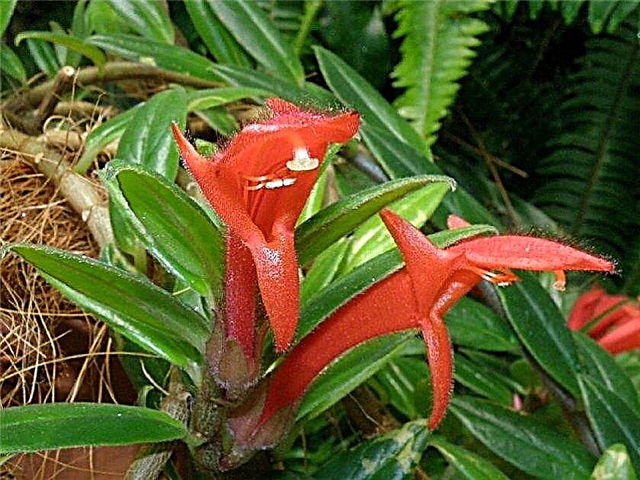
- Blood red. Leaves are covered with scarlet spots. Flowers have a pronounced red color.
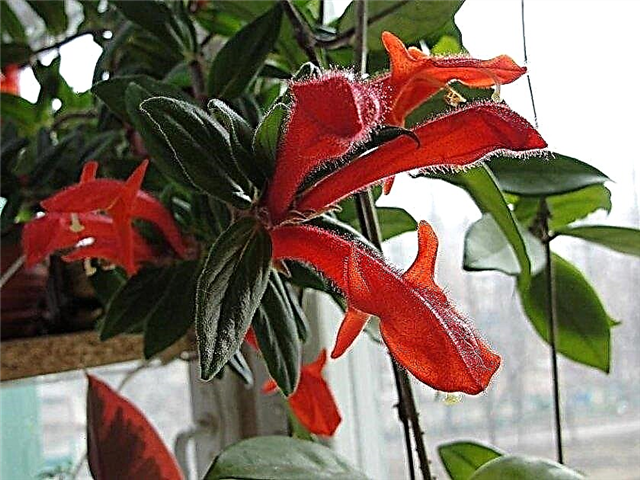
- Glorious. The foliage of plants of this variety is dark. Flower petals have a shade close to red-orange.

- Shida. On the entire green part there is a red fluff. The leaves are dark, flowering yellow.

House growing conditions
In order for the plant to feel good at home, it is necessary to create an optimal microclimate for it.
Lighting
More like strong lighting, however, direct rays should be avoided. It is better to provide the flowerpot with diffused light from bright sources located on all sides.
Ventilation
So that the plant does not suffer from heat, in a particularly hot period it is important to ensure access to fresh air. In this case, it is optimal to carry out periodic ventilation of the room.

Temperature mode
The temperature level depends on the season. In summer and spring, the colouma can be kept indoors (18–21 ° C). This mode will be comfortable until entering a period of rest. At this time, which lasts an average of 1.5 months and falls into the cold season, it is necessary to achieve a decrease in the thermometer to 10-12 ° C. This is important for successful bud budding and helps the plant survive the cessation of growth.
The fact that you need to increase the amount of heat in the room again is evidenced by the appearance of flower buds, the value of which at the end of the rest period should be 50 mm.
Air humidity
Columnae refers to hygrophilous flowers. A comfortable level of moisture in the air for it should be 80–90%.
Important! At low humidity, the plant may not bloom.
How to care at home
Kolumneya refers to a rather whimsical flowers. In order for the plant to feel comfortable, it is necessary to provide it with proper care.
Watering
The frequency of watering depends on the drying rate of the soil. Moisturize the soil at the moment when the substrate is slightly dry, but not completely devoid of moisture. In frosts, the flowerpot is watered less often: the approximate frequency in this period should be 1 time in 7 days.
Water for irrigation should have a temperature not lower than room temperature. The main thing is not to exceed 30 ° C.
It is undesirable to use water saturated with a large number of trace elements. Lime is especially harmful to columnae. It is better to use either standing water or melt.Important! Frequent watering can lead to rotting of the root.
Watering should be soil, but do not be afraid to touch the stems and leaves with water, as they also need moisture.
Spraying
You can spray the plant abundantly using a spray bottle. This procedure is especially important in the hot season and should be regular.

Top dressing
In winter, the plant should not be fertilized often: it is enough to fertilize 1 time in 30 days. When the columnia begins to grow intensively, you need to start fertilizing it 2-3 times more often, that is, 1 time in 1.5–2 weeks.
You can use the usual store-bought products for feeding flowering plants. The main thing is to choose soluble drugs and apply them in liquid form. You can choose “Fertik” or “Kemira Suite”. The main point regarding the vagaries of the plant is the need to use less concentrated feeding. To fulfill this requirement, you need to use 2 times more water for the dose of the drug specified in the instructions.
Pruning
Kolumneya has an impressive shoot length: as the stems grow, the plant needs to be tied to a support so that they do not look sloppy hanging.
Cut off the excess parts of the shoots after the plant has faded: this will help to form the plant. Pruning is also important so that the next time the peasant can successfully and actively begin to bloom.

Transfer
It is necessary to transplant the plant after flowering has passed, in the spring or closer to autumn. The frequency depends on the growth rate - usually the procedure should be carried out every six months or once a year.
First you need to trim the plant, and then proceed with the preparation of the soil.
It can be either a universal substrate, or the soil from such components (in a ratio of 4: 4: 2: 1, respectively):
- turf;
- land;
- peat;
- a mixture of sand, coal and sphagnum.
The container should be selected a larger size than the previous one, with holes for drainage. It should be a large diameter pot with a shallow depth.
The process itself is as follows:
- Lay the drain in a new pot.
- Moisten the soil in an old flowerpot.
- Pull out the ground with roots on the roots.
- Move the plant to a new container and sprinkle with a substrate.
Video: Spring Column Transplant
Propagation by cuttings
It is better to propagate a column in the spring season. The stalk should have 4 leaves and be 4-6 cm long.
You can root them in water. You can also place each individual stalk in a small pot with a substrate of an equal proportional mixture of peat and sand. In case of soil rooting, it is better to arrange heating of the lower part to 23 ° C. It is important to moisten the soil without affecting the stalk itself. Rooted cuttings are planted in a larger container together so that a bush immediately forms.
Growing difficulties
Since columnia belongs to flowering plants with special whims, it is quite possible that difficulties may arise in its cultivation. To solve the problem, you need to understand the causes and know the possible ways to solve it.
Does not bloom
A distinctive feature of the Kolumna is its luxurious and long flowering. Unbroken buds indicate that the conditions of detention have been violated.
To solve the problem, it is necessary to review and adjust the following parameters:
- Humidity. A lack of moisture has a detrimental effect on the plant - in addition to the lack of flowering, the leaves may turn yellow and dry. Her level in the room should be checked with a hygrometer. At rates below 80%, you need to install a humidifier in the room and resort to spraying.
- Lighting. Should be scattered, it is important to monitor the required light level.
- Moving. It can cause a lack of flowering - it is better not to touch the flowerpot and not transfer it to another place.
- Drafts. Sharp gusts of wind should not be allowed - drafts negatively affect the condition of the flower.

Pests
Pests practically do not affect the plant in question. Occasionally, attacks of some harmful insects occur. Each of them has its own control measures:
- Aphid. Symptoms include swirling foliage, a sticky coating and the appearance of a fungal infection. First of all, you need to remove the affected parts of the plant. For treatment use Permethrin.
- Thrips. They are characterized by a grayish coating and holes in the foliage. In this case, “Actellik” or “Inta-vir” is used.
- Shield. The green part is covered with brown tubercles with sticky secretions. The pest is removed manually and treated with the "Actellic" agent.
- Spider mite. A spider line appears on the leaves, discoloration occurs. The coating must be washed off, and the plant itself should be treated with the “Aktara” preparation.
Disease
Diseases and various disabilities of the Kolumna are often associated with improper care.
Most often, gray rot develops: the cause is excessive watering. This type of rot manifests itself in the form of a grayish coating on the green part, and the root can also rot. First, the affected areas need to be removed, and then the plant is sprayed with a systemic insecticide.
The capricious columnia requires great effort when caring for her. In response, its owner receives a luxurious flowering, which will bring joy to the house and will become a bright accent in the interior.









